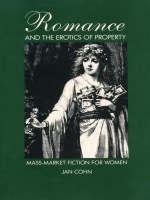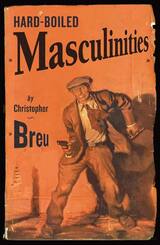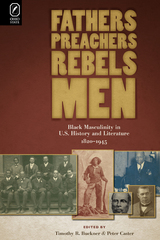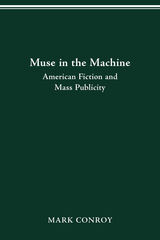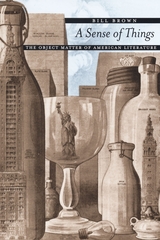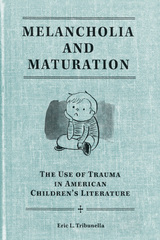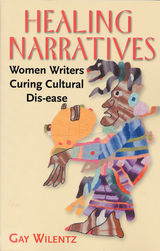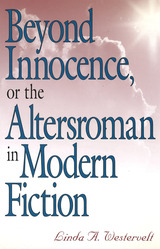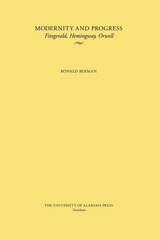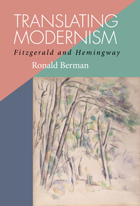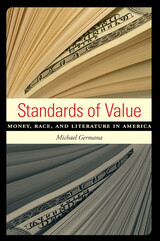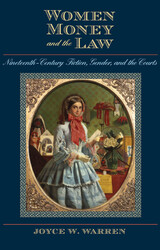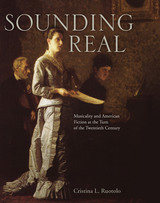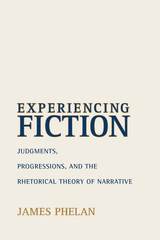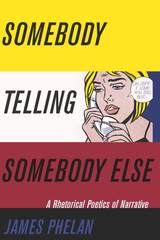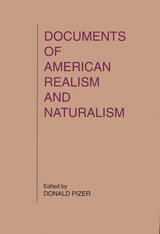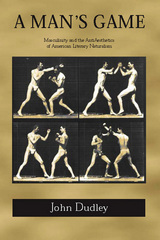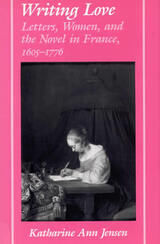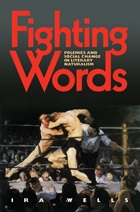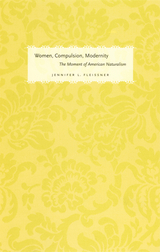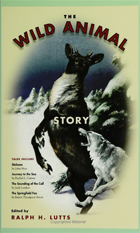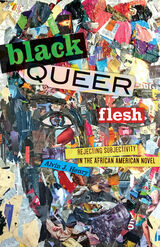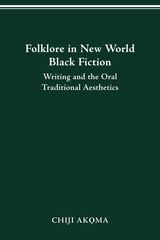Maternal Body and Voice in Toni Morrison, Bobbie Ann Mason, and Lee Smith
University of Missouri Press, 2002
eISBN: 978-0-8262-6403-9 | Cloth: 978-0-8262-1402-7
Library of Congress Classification PS374.M547E29 2002
Dewey Decimal Classification 813.54093520431
eISBN: 978-0-8262-6403-9 | Cloth: 978-0-8262-1402-7
Library of Congress Classification PS374.M547E29 2002
Dewey Decimal Classification 813.54093520431
ABOUT THIS BOOK | AUTHOR BIOGRAPHY
ABOUT THIS BOOK
Throughout human history, motherhood and maternal experience have been largely defined and written by patriarchal culture. Religion, art, medicine, psychoanalysis, and other bastions of male power have objectified the maternal and have disregarded female subjectivity. As a result, maternal perspectives have been ignored and the mother’s voice silenced. In recent literary texts, however, more substantial attention has been given to motherhood and to the physical, psychological, social, and cultural dynamics affecting maternal experience. In Maternal Body and Voice in Toni Morrison, Bobbie Ann Mason, and Lee Smith, Paula Gallant Eckard examines how maternal experience is depicted in selected novels by three American writers, emphasizing how they focus on the body and the voice of the mother. These novels include: The Bluest Eye, Sula, and Beloved by Morrison; In Country, Spence + Lila, and Feather Crowns by Mason; and Oral History, Fair and Tender Ladies, and Saving Grace by Smith.
By employing this focus, these writers lessen the objectification the maternal has received and restore a rich subjectivity that foregrounds the mother’s perspective. Moreover, their fiction reflects a deep concern for history and culture and for a woman’s experience of her world. They challenge the traditional representations of black and white motherhood that have appeared in southern literature and society, rendering complex portrayals of motherhood that defy cultural stereotypes.
Eckard incorporates historical perspectives on African American and southern motherhood, utilizing the works of Elizabeth Fox-Genovese, Sally McMillen, Deborah White, Jacqueline Jones, and others. She draws upon the feminist criticism of Adrienne Rich, Elaine Showalter, Naomi Schor, Tillie Olsen, Karla F. C. Holloway, Barbara Christian, and others, and the linguistic and psychoanalytic theories of Julia Kristeva, Hélène Cixous, and Luce Irigaray. The author also addresses the cross-cultural connections shared by Morrison, Mason, and Smith, showing that, despite their racial and cultural differences, striking similarities can be found in their renderings of maternity.
The three women writers employ related image patterns, metaphors, and symbols involving the maternal body. By centering maternity so strongly in their novels, Morrison, Mason, and Smith establish the primacy of the mother and obviate the neglect to which maternal perspectives have been subjected. They restore the mother’s lost voice and her diminished subjectivity. Together they depict the maternal as a powerful force that shapes human lives and communities.
See other books on: 1944- | Characters | Human body in literature | Mothers | Voice
See other titles from University of Missouri Press

